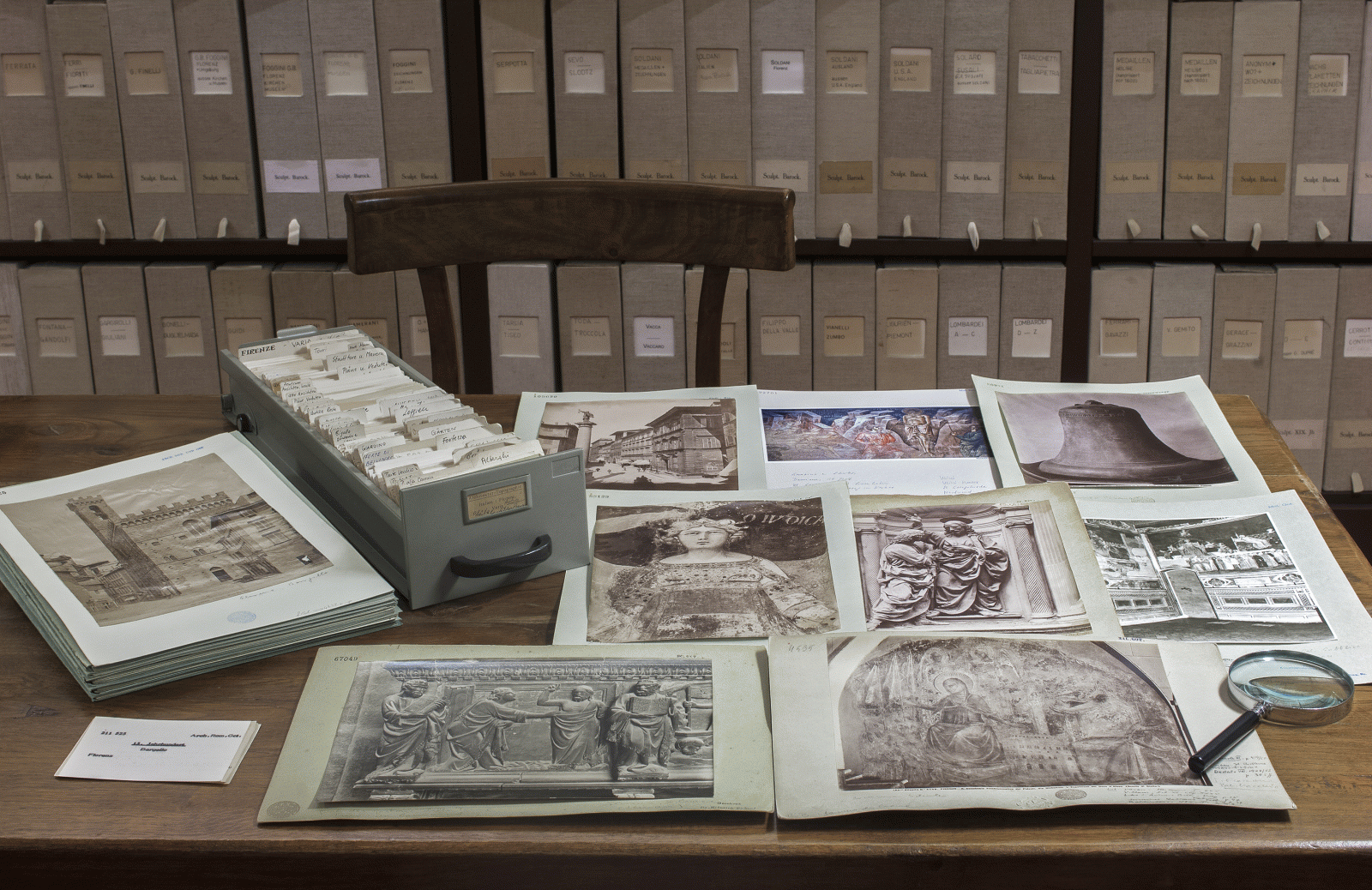Ricerca
Images and Visuality of the Juridical
Carolin Behrmann
In the long "juridical" nineteenth century, the development of legal norms and principles was explained through historical sources. In the archives and visual atlases of legal historians such as Jacob Grimm (1785–1863), Karl von Amira (1848–1930), Karl Frölich (1877–1953) and Hans Fehr (1874–1961), we find examples of a wide range of objects and artefacts of legal history which lend the law visibility and unity. As opposed to the analytical framework of legal archaeology, which used the image atlas as an instrument of collection, the research project focuses on the relation between composition, image form and norm setting, examining both the limits of visibility and the abstraction of the law. In what way are these linked to the legal effect of adhering to binding principles and rules? From this perspective, the question also arises how the subject area of early modern objects and artworks is related to normative notions of facticity and objectivity which have shaped the contours of art history as an academic discipline.
The empirical, materialistic approach opposes formalistic traditions which assume that the substance of the law is invisible, fixed and set (ius positum) and possesses an intrinsic logic that can only be revealed by analysis, deduction and comparison. In contrast to this, the images and objects used in legal acts and procedures are to be examined for the process of objectification and evidence as one aspect of a visibility that even positive law cannot do without. In order to be able to describe and interpret the normative role of images, objects and signs, the early modern artefacts are looked at in terms of their form and visual-historical classification. In cooperation with legal historians, the project focuses on the following areas of research:
- Object history and legal archaeology
- Temporality und canonization
- Sensorium and juridical normativity
- Image archive and image atlas as instruments of order
- Creating jurisdictions (judgment and administration)
- Figurations and emblems
- Dynamic and transformation of legal statements (image/sign/symbol)
- Evidence and autopsy as methods



